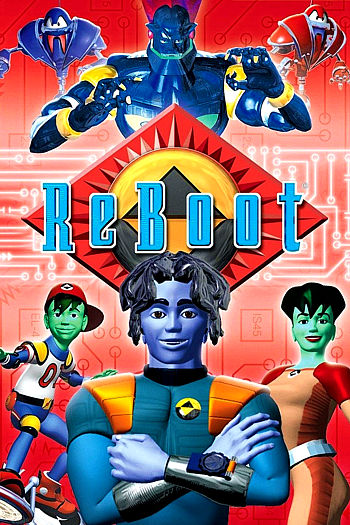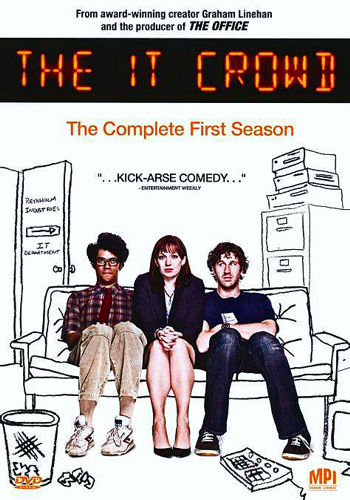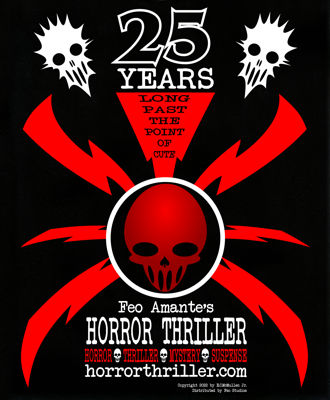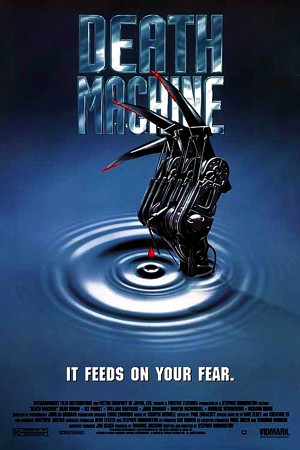
DEATH MACHINE- 1994!!!THE SCIENCE MOMENT!!! |
DEATH MACHINE
 SCIENCE MOMENT BY KELLY PARKS |
After some clever computer manipulations (using the most antique, text only computers you've seen in years - an odd choice.1) Cale manages to delete Dante's computer privileges thereby effectively firing him.
When they're being chased through the halls by the bad robot, why doesn't it cross anyone's mind to call 911? Even if the building's phone system was knocked out by the terrorists or Dante or impure thoughts, these people are executives! Where are their cell phones?2
Speaking of technology, it's time for a
!!!SCIENCE MOMENT!!!:
The tech concepts here are actually very realistic. AI technology is advancing
much faster than most people realize. There are robot servants in your
immediate future and of course if you can build such things it's natural
for some to wonder how well they'd do on the battle field. Human soldiers
will be obsolete in a few decades. That's not necessarily a bad thing
as long as someone remembers to program them with Asimov's laws of robotics.3
Time for Recall!
 SCIENCE MOMENT by E.C. McMULLEN Jr. |
1. FeoNote: Text-based aka Command line (CMD) in Unix or Microsoft Disc Operating System (MS-DOS) was common for the majority of home and especially corporate computers when DEATH MACHINE was shot in 1993 and released in 1994. It was the most stable and secure method of that era.
In fact, In 1995 Kelly's Personal Computer (PC) used a CMD MS-DOS OS and his Cathode Ray Tube (CRT) monitor was in Black and Orange. How soon we forget!
MS-DOS based Windows 3.1, released in April 1992, was, like the Apple MacIntosh, a shell that ran on top of the actual Command Line OS (and an Intel 80286). The Graphical User Interface (GUI) was an unstable, 16-bit bug ridden, crash prone, didn't support distributed storage architecture (vital for large corporations), shell that replaced the buggier, more crash prone, worse everything Windows 3.0.
TRIVIA Rebooting, due to the crash of an unstable GUI O/S, was so common place throughout the 1990s that a popular Saturday morning cgi animated children's TV series ran from 1994 to 2001 that was actually called ReBOOT.
It had a long run, ending at around the same time when the adoption of Windows 98 finally made daily reboots uncommon. Not rare, just not common: Reboots would happen a few times a week instead of a few times a day. After 2001, Windows remained unstable but the outright crash became the Freeze. Your computer simply locked up: unresponsive to keyboard or mouse commands, sometimes repeating a tone, until it immediately or eventually presented the Blue Screen Of Death, which happened so often it earned its own acronym (BSOD). The only thing that might cure the Freeze or BSOD was, yes, a ReBoot. And yes, you likely lost all unsaved work. This remained commonplace until the release of Windows 10 in 2015. 10 was offered for free because most Windows users remained with Windows 98. Still flawed, but as stable as any O/S MS tried to foist on its consumer base for well over a decade. ReBooting remained so commonplace that the 1990s children who enjoyed ReBoot were among the young adults enjoying the TV show, THE IT CROWD.
The show ran from 2006 to 2013 with the opening credits ending with the Windows XP "Critical Stop" tone in C minor. It's infamous catch phrase was, "Have you tried turning it on and off?" (rebooting). As of 2025 BSOD generally only happens to busy computers running the latest Windows 11, maybe once a month or less. Ah! Progress! |
An operating system crash meant everything you were working on, that was not saved, was lost and upon reboot, what was saved, on two floppy discs (one for redundant backup) might be corrupted.
Even with the backup.
Since its wide-release introduction in 1985 with Windows 2.0, Windows GUI earned its bad reputation and, by 1993, most major companies stayed with stable, virtually crash-proof Unix or DOS (including Microsoft when it was leaked and confirmed that MS was running their own company on Command line DOS). In fact, for Microsoft to garner more marketshare away from IBM's O/S2, 3.1 could easily switch back to stable DOS and allowed their programs to run on command line.
Intel and MS both blamed IBM's proprietary Protected Mode - IBM being the dominant player on the field at the time as other PCs were called IBM Clones (or just Clones after IBM sued over the use of their name).
In short, the 21st century dominant players of Intel, Microsoft, and Apple were vanguard wannabees, not old guards dominating in the 1990s. By 1993 there was nothing to suggest that Apple and Microsoft's fast rise wouldn't pop and all but vanish like the hundreds of other giant tech companies of the era (Franklin, TRS, Amstrad, BBC Micro, Texas Instruments PC, Commodore, Sinclair, Lotus 1-2-3, Word Perfect, IBM, Packard Bell, Quasar, Compaq, VPL EyePhone, Teleputer, Atari, Compuserve, DEC, Earthlink, America Online, anyone?).
In fact, MS took a torpedo hit in 1996 when it made news that James Cameron's endlessly frustrating problems with glitch-ridden Windows NT - that hired Microsoft corporate techs couldn't fix - is what made his entire cgi SFX team turn to command line Unix and Linux in 1997 for the movie TITANIC. This sudden popularity of Linux in the press is part of what made students Sergey Brin and Larry Page use Linux to build Google, then Android.
Relatively stable windows didn't emerge until the MS-DOS based Windows 95 released in August 24, 1995 and the market tip into wider corporate adoption of GUI didn't happen until 1999, just after the release of MS-DOS based Windows 98 (still suffering from the legendary "Blue Screen of Death").
"Where are their cell phones?"
2. Cell phones? In 1993? You mean the Motorola International 3300 bricks with one pound batteries, long antennas, and the 50 yard range that couldn't penetrate drywall?
Or the IBM Simon? The world's first "smart phone", meaning any phone that could do anything other than be a phone - like also be a calculator and/or run a word processor? It required a stylus to do the "Smart" stuff and was larger than most Walkie Talkies. It also featured a short battery life.
Without going into spoilers the movie addresses this question completely and makes it a humorous part of the story as well, right up to including a character so bad at their job that they only exacerbate the problem.

The world's first Smartphone, the IBM Simon
Startup Story: The Amazing Invention Of The Cellphone
"It's natural for some to wonder how well (robots would) do on the battle field. Human soldiers will be obsolete in a few decades. That's not necessarily a bad thing as long as someone remembers to program them with Asimov's laws of robotics."
3. Asimov's Three Laws of Robotics would effectively render Robot soldiers useless.
Copyright 2004 E.C.McMullen Jr.

|
| DRESS NICE | |
| YOU MIGHT ALSO LIKE THESE (Sub-Section: CORPORATE COMPUTER CULTURE) |
||
 |
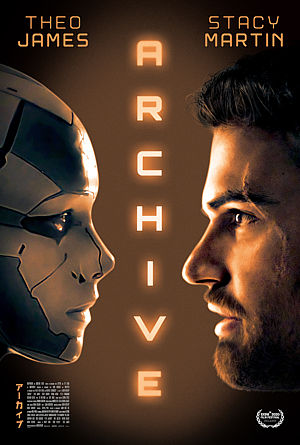 |
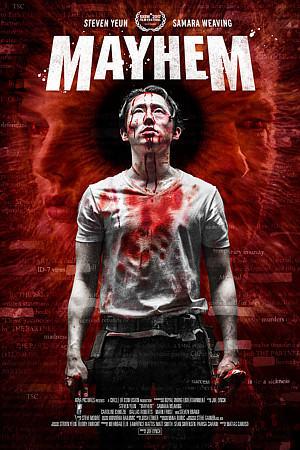 |
| DEMON SEED MOVIE REVIEW |
ARCHIVE MOVIE REVIEW |
MAYHEM MOVIE REVIEW |
FEO AMANTE'S HORROR THRILLERCreated by:E.C.McMullen Jr. FOLLOW ME @ |
| Amazon |
| ECMJr |
| Feo Blog |
| IMDb |
| Stage32 |
| X |
| YouTube |
| Zazzle Shop |
